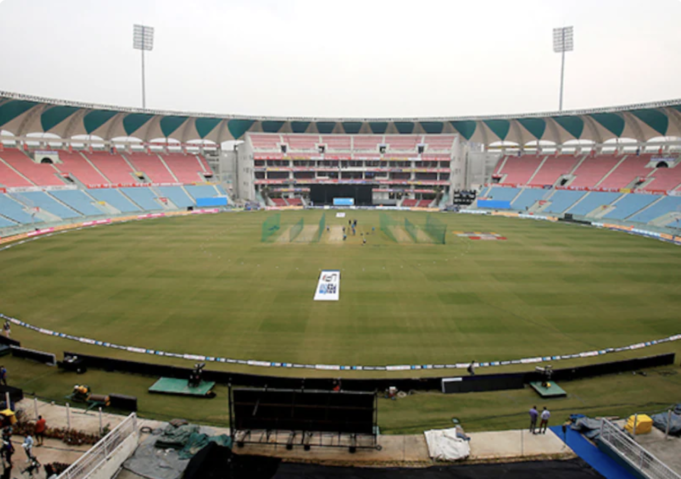According to the FICA’s assessment, the present job landscape for cricketers can be broken down into three distinct categories: the “Traditional Market,” “Hybrid Market,” and the “Free Agency Market.”
World players’ body FICA reported in its annual report that the cricketing ecosystem is undergoing a paradigm shift as a large proportion of international cricketers, with the exception of India, are rejecting their national central contracts in favor of becoming freelance agents for the T20 leagues around the world. It’s important to note that the Indian cricketers are not included in the FICA’s sample survey because their governing body is not part of FICA. If they were paid more to play in domestic leagues, 49% of professional athletes would contemplate turning down a central contract, according to a recent study.
There is a growing body of opinion that 50-over cricket is rapidly losing its relevance, and the survey reveals that fewer cricketers than ever before believe that the ODI World Cup is the most significant event on the ICC calendar.
Despite a considerable drop from 86 percent in the 2018–19 FICA survey, the report found that 54 percent of respondents still view the 50-over World Cup as the premier ICC event.
In its analysis, the FICA divides the present job landscape for cricketers into three distinct segments: the Traditional Market, the Hybrid Market, and the Free Agency Market.
Players with primary home domestic/international contracts account for 18% of the traditional market. Forty-two percent of cricketers participate in the Hybrid Market, which consists of primary home domestic/international contracts as well as abroad domestic contracts (T20 leagues, county), while the Free Agency market, which comprises forty-one percent, is growing at the fastest rate of all.
The Free Agency market consists primarily of domestic contracts, both in the player’s home country and abroad (in their own T20 league and in leagues throughout the world).
Interestingly, this tendency suggests that only Indian players make up the traditional market since Indian players are banned from playing in abroad T20 tournaments.
“With 82% of the top 100 players on the T20 Player Index now classified as hybrids or free agents, it is clear that this is the current direction in which players are trending. Currently, 40% of the world’s best T20 players are not under exclusive contract with one of the top nine cricket nations “said that in the research.
“The world’s top players have flocked to the free agency and hybrid leagues. Only players with central/national contracts who are ranked in the top 100 of the T20 Player Index are included in the aforementioned percentages. The majority of the 18% ‘traditional market’ players are Indian, drawing attention to the limitations placed on Indian players that prevent them from competing in domestic competitions in other countries “Moreover, it argued.
Distinct differences in exposure to international cricket
According to the ICC study, the top nine ranked nations played an average of 81.5 days of international cricket in 2021, while the bottom ten nations played an average of 21.5 days.
The year 2021 saw 485 international matches, 195 more than the previous year’s total of 290 (thanks to COVID-19), but still fewer than the record-breaking 522 matches played all over the world in 2018.
In 2021, Mohammed Rizwan played the most days (80) in international cricket, while Rishabh Pant played the most days (75) for India. During that time, Joe Root will play 78 days of cricket in the year 2021.


















